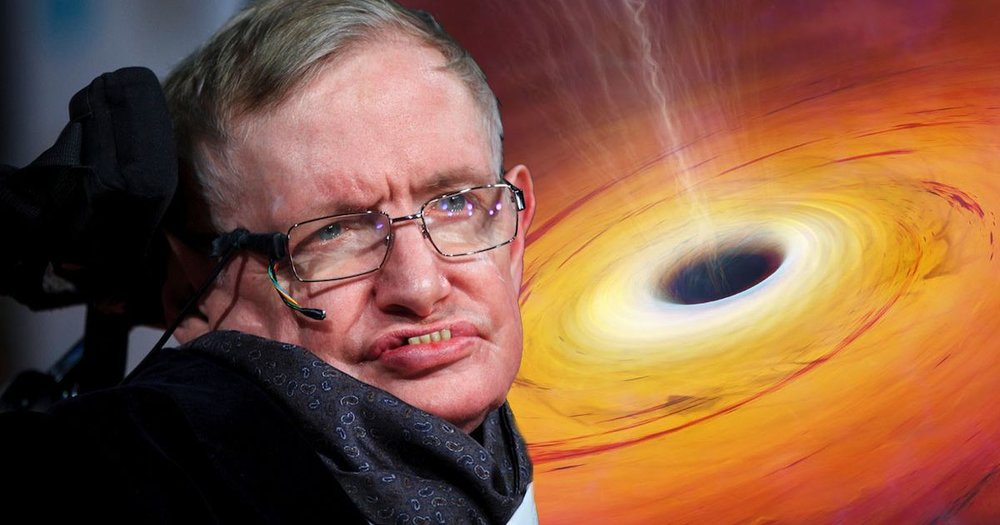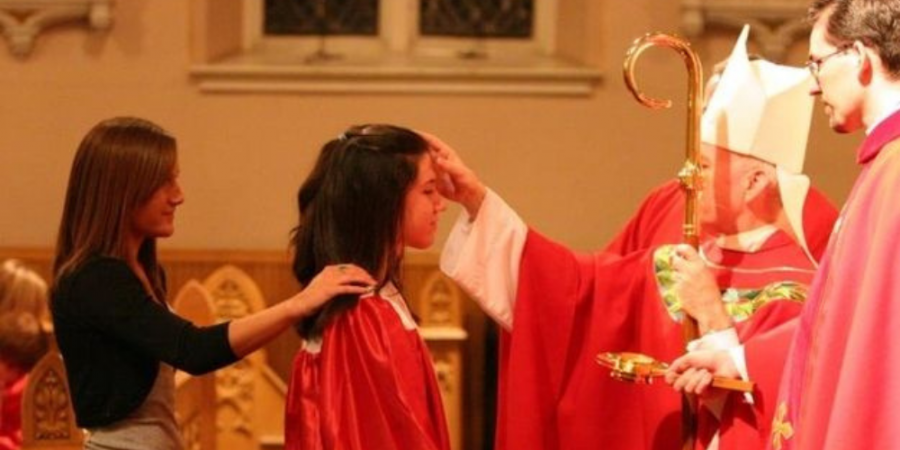Stephen Hawking, the famed scientist who attracted the attention and imagination of millions of people around the world, passed away in his Cambridge home on Wednesday at the age of 76. His legacy, however, will continue to live on for many centuries to come.
The Man Who Roamed the Cosmos
Stephen Hawking was the man who proved to the world that physical disability can’t limit dreams as long as the spirit stays alive, and most of his work is preserved in his best-selling book called A Brief History of Time which was published in 1988.
To this date, at least 10 million copies of the book have been sold, inspiring filmmakers to depict Hawking’s incredible achievements in the form of movies and documentaries. In 2014, a film called The Theory of Everything about the life of the imaginative physicist received several Academy nominations and even won an Oscar.

Stephen Hawking’s biggest discoveries are directly related to the existence of black holes and their purpose
The physicist whose mind roamed the cosmos while his body was confined to a wheelchair, died earlier this week at the age of 76, as confirmed by a spokesperson from Cambridge University. But even several years before his death, Stephen Hawking had requested his family to engrave on his tombstone an important expression which encompasses his entire life’s work.
The professor, who had dedicated his entire life pondering over the origin of our universe and nature of gravity, directed his family to write his famous equation for measuring Hawking radiation emitted from black holes on his gravestone.
History of the Breakthrough Equation
The mathematic formula created by the genius physician himself holds all the crucial elements for Hawking’s most remarkable discovery: that black holes aren’t as black as we previously thought them to be. Instead, they emit energy in the form of a brilliant light – which is known today as the ‘Hawking radiation’.
Professor Hawking’s discovery paved a new way in the world of science for understanding the existence of black holes and the universe itself.
The letter ‘S’ in the formula is called an entropy – which is the measure of the energy disorder present inside black holes. The letter is often accompanied by BH which stands for the first letters of last names of the two scientists who spearheaded the crucial discovery of entropy in black holes: Stephen Hawking and Jacob Bekenstein.
Merging Gravitational Theory and Quantum Mechanics

Scientists have long been trying to determine the secret behind the ever-changing and ever-growing universe, which is at the heart of Hawking’s important equation
The rest of the equation consists of important numbers required to determine the entropy of a black hole. ‘h’ is the all-important Plank constant, which is at the heart of quantum mechanics; ‘g’ refers to the gravitational constant discovered by Newton; ‘a’ is the area of the black hole under observation; ‘k’ is the Boltzmann’s constant which helps in determining the energy that is converted into heat inside the black hole ; and c is the formula for speed of light invented by the great Albert Einstein himself.
The formula may look deceptively simple to some, but it is one of the finest landmarks in the study of black holes, and the story of how professor Hawking arrived at the equation is as interesting as the concept behind it. In 2002, Hawking wrote that he often wondered if it was possible that the nuclei in the atoms inside our bodies are miniature black holes which were formed millions of years ago at the beginning of the universe.
Black Holes: Destroyers or Creators?

This is how a black hole looks like
In order to answer the question, he began studying how black holes scatter quantum fields when they burst. Hawking expected most of the energy to be absorbed after the incident while scattering the rest into the surrounding, but, surprisingly, he found that there was a strange coincidence in the emission from the incident and the area of the black hole with an entropy – they were both the same!
This turned everything that scientists knew about black holes upside down. The discovery of the strange particles being emitted by these strange, scary entities, now help us understand the origins of the universe and life. Hawking’s explanation cleared a common misconception about the black holes: they aren’t destroyers; they are actually creators
Hawking couldn’t believe the calculation he had just stumbled upon and requested that the equation to be engraved on his tombstone after his death.










